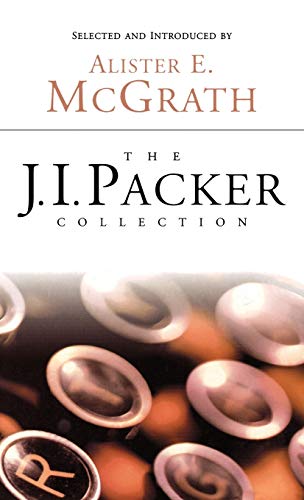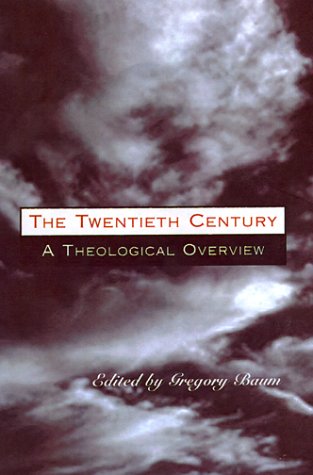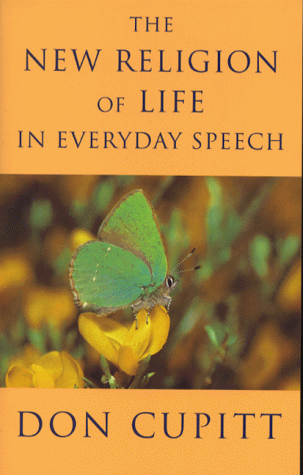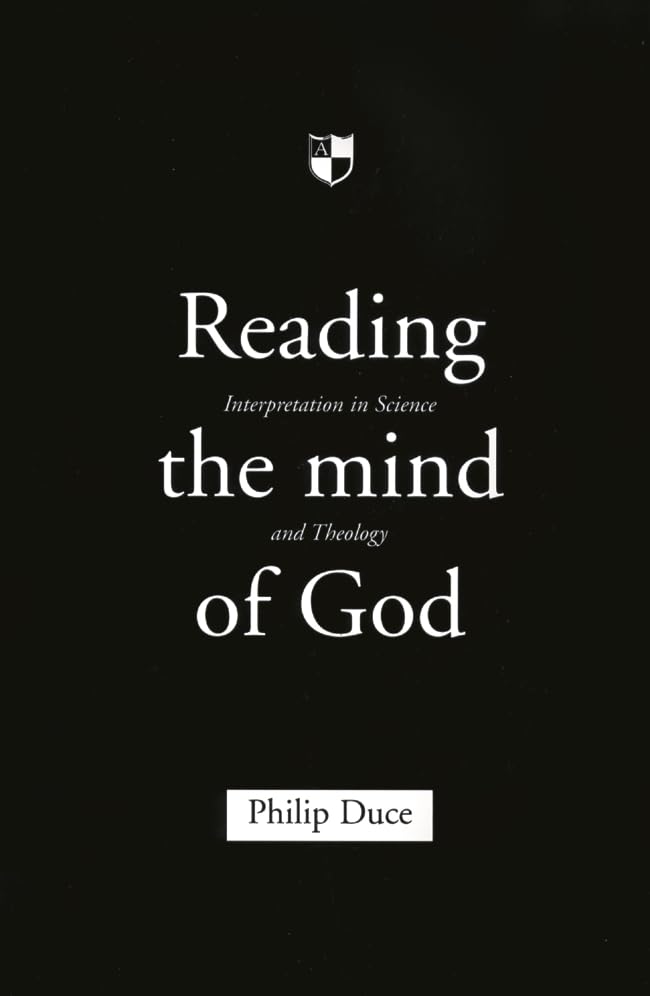This is quite an interesting survey of where NT studies have got to at the turn of the millennium. Powell enthuses, rightly, about the huge advance made in recent decades. It is a quite different and far more interesting discipline than when I was a student. He has asked experts on each book or group of books to write about their subject (plus two more general articles on critical methods and on the life and sayings of Jesus), and has given them their head without attempting to standardise the nature of their contributions. He justifies ‘the somewhat chaotic formatting of these chapters as appropriate to a field where very diverse approaches are current, and certainly the reader will find here everything from the traditional historical-critical exegesis of Don Hagner (Matthew) to the unbridled post-modernism (he doesn’t use that word) of Fernando Segovia (Methods) who celebrates the end of the 150-year reign of historical criticism and of ‘the ideal of exegesis’.
But the diversity extends beyond the views of the contributors to their understanding of the nature of their task in this book, and of how to use the very limited space (about 12 pages each) allotted to them. Thus while Hagner presents a heavily-footnoted survey of most main aspects of recent Matthew scholarship. Mary Ann Tolbert (Mark) gives virtually no documentation and focuses largely on reader-response approaches leading up to an anonymous presentation of her own theory. Marion Soards gives a very readable account of Paul, the man, his life and letters, with no reference to specific scholars except in an appended bibliography to which the text does not refer, while Jimmy Dunn (Pauline Theology) helpfully surveys and categorises recent contributions to Pauline scholarship (including an interesting brief section on the impact of the Holocaust) and then collects the data in a bibliography. Several contributors use no footnotes at all, others devote nearly half their space to them.
This deliberate lack of editorial control makes it difficult to see who will use the book, and for what. All its chapters offer an interesting read, but at different levels. Its uneven approach makes it frustrating to use as a class text-book (as which I guess it was planned), though some individual chapters would serve very well. The much more selective approach of some writers than others means that the beginner must beware of assuming that any one chapter gives a balanced view of its subject-area. Those with some acquaintance with the field will find little that is new, and the diversity of approach prevents one from using the book with confidence as a source of bibliographical information. But for the general reader who does not need an academic guide but wants to get a selective impression of where NT scholarship is going, and who is not put off by a monumentally boring cover and an unattractively dense page lay-out, this is quite an accessible way in to a fascinating and rapidly developing field of study.
Dick France
Llangelynin, Gwynedd







